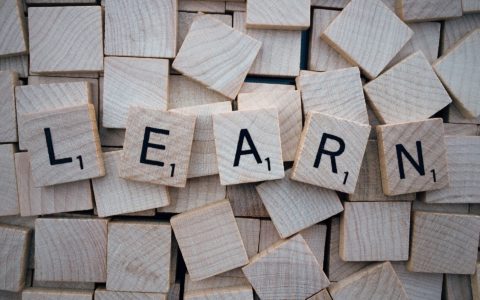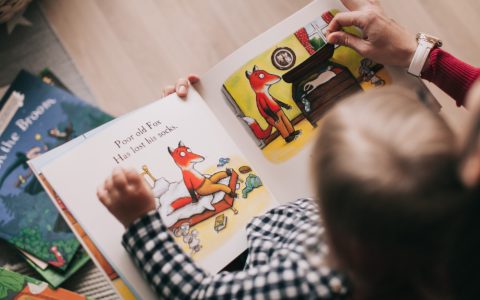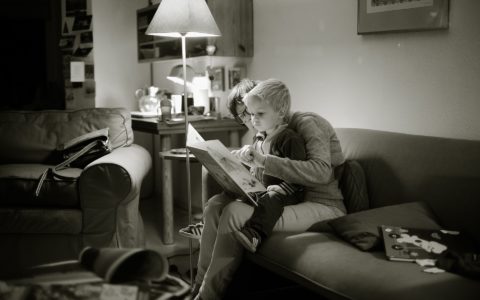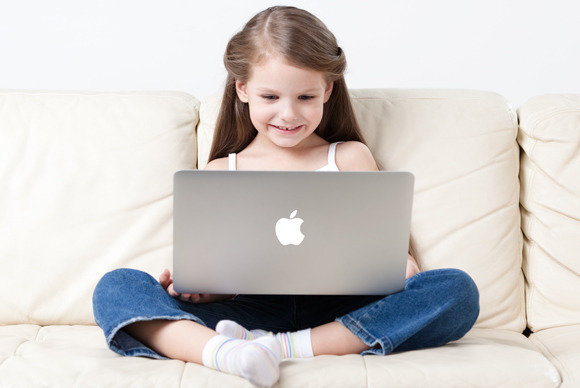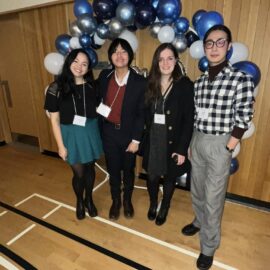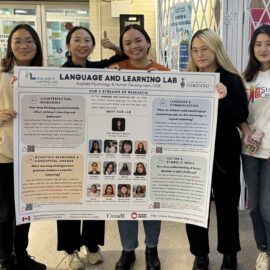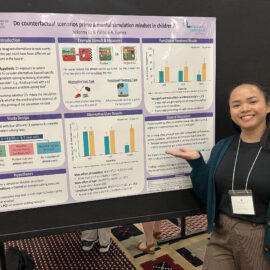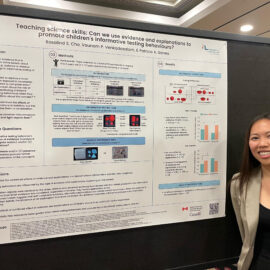The Language and Learning Lab at the University of Toronto is a child development lab interested in how children acquire language, how they use it to communicate with others and how they learn and think about the world.
We are now offering online studies, select our online studies page for more information!
We are currently asking questions related to three streams of research.
Counterfactual Reasoning
Counterfactual thinking – the ability to consider alternatives to past events and make inferences about what might have happened – plays an important role in human learning and decision-making. In this line of work, we study the emergence of counterfactual reasoning in early childhood and how it contributes to learning.
Language & Communication
Language is a unique human capacity that enables us to learn, think and communicate about entities and events in the world. We are interested in how children’s language and communication with others influences their conceptual knowledge and how the acquisition of certain types of linguistic constructions affects their reasoning.
Scientific Reasoning & Conceptual Change
How do children develop theories about scientific phenomena and how can we best scaffold this learning? This stream of research examines children’s misconceptions and the acquisition of scientific knowledge. Our works seeks to find out the best ways to promote children’s science knowledge in the early years.
Latest from the Media
APHD Celebration 2024
The Language and Learning Lab attended and presented some of our research at the Year-End Celebration hosted by the Department of Applied Psychology and Human Development! This event allows laboratories and faculty across... Read more
Science Day 2024
The Language and Learning Lab took part in 2024’s Science Day hosted by the University of Toronto’s Psychology Department! This event aimed to connect the Psychology Department and their research with families in... Read more
Julianna Lu presented at the Jean Piaget Society Conference 2024!
Julianna presented a poster titled “Do counterfactual scenarios prime a mental simulation mindset in children?” at the Jean Piaget Society 2024 Conference. View poster. Read more
Rosalind Cho presented at the Jean Piaget Society Conference 2024!
Rosalind presented a poster titled “Teaching science skills: Can we use evidence and explanations to promote children’s informative testing behaviours?” at the Jean Piaget Society 2024 Conference. View poster. Read more

